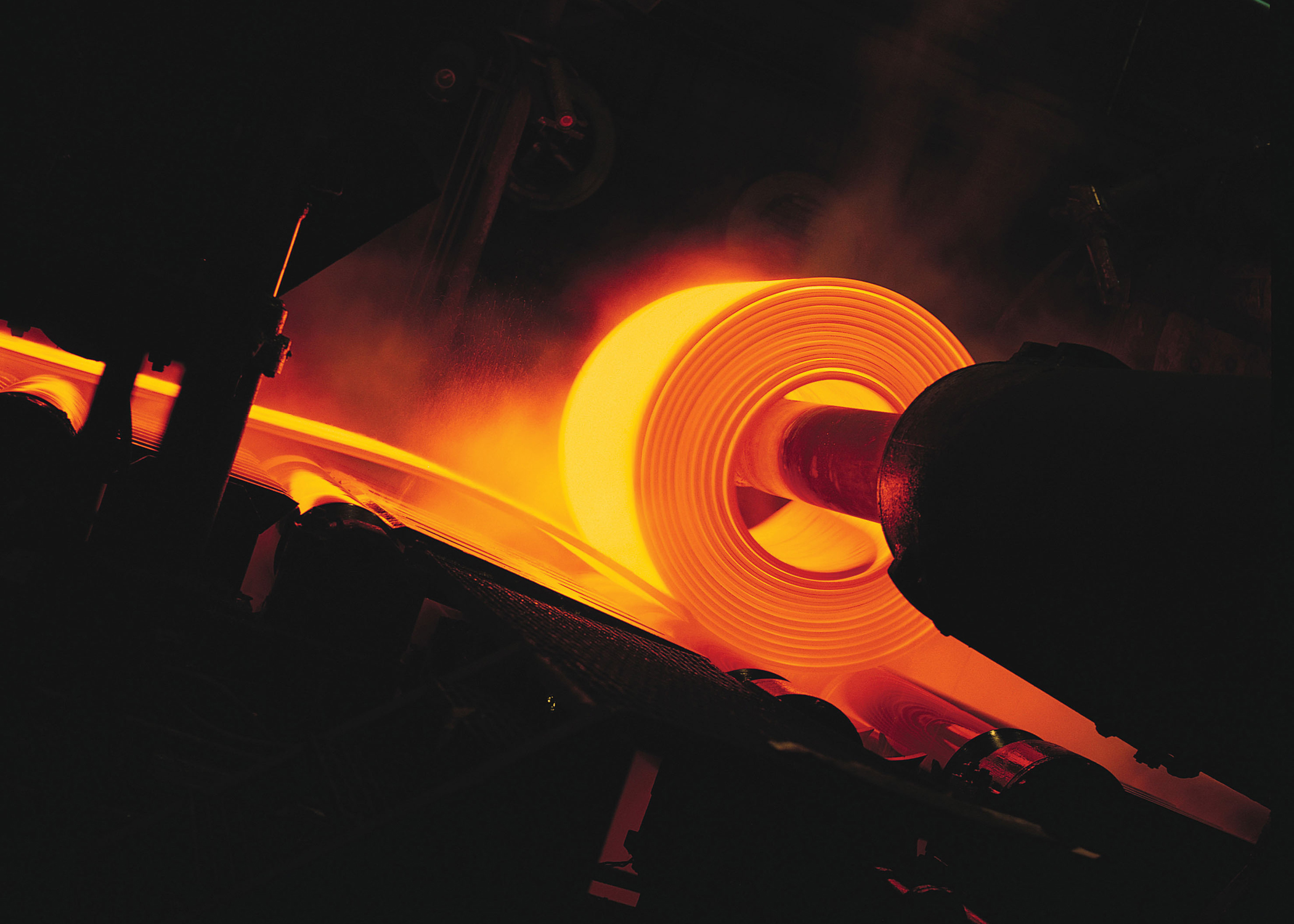Just observing an open session of the parliament or listening to a government official talking about trade could get anyone thinking that there is an essential moral quality to imports or exports.
However, essentializing trade concepts in economics is simply not possible, as each concept’s ontological status is bound to change in every different situation.
Iran’s mining sector, especially the steel industry, has borne the brunt of trade-related discussions in recent years. The government has officially warned the former of engaging in exports of what it calls “unprocessed minerals” and the latter’s struggle with an onslaught of cheap Chinese offerings that have made imports its life-long nemesis.
But the bigger picture is more complicated than what the policymakers make it to be.
Sealing one valve could lead to a speedier flow in a different direction, but the pressure it builds up might cause damage beyond repair. Accordingly, this is how the government-enforced decision-making process continues in Iran: introducing a one-size-fits-all solution and turning to another issue due to a short attention span.
Iran’s large steelmakers and some of their downstream users have been locked in a dispute over local market supply for a few years now and the government’s slowness to react to the situation has mostly exacerbated it. Steelmakers are now calling for lowering the tariff wall on certain products to rebalance the market.
There are currently duties up to 20% on less than 3-mm hot-rolled coil and 20-10% on certain sizes of cold-rolled coil.
Tariffs Unite Steelmakers and Users
“Trade logic dictates exporting the higher value-added product and importing what is needed in the local market. For instance, the thin coil needed by pipe and profile producers does not have much value-added, so it can be imported to meet domestic demand. The same scenario can be applied to beams and rebars, too,” Bahram Sobhani, managing director of Mobarakeh Steel Company, was quoted as saying by SMT daily.
“This is what free trade means and it is taking place all over the world.”
The official pointed to large steel producers and consumers such as the European Union, Turkey and South Korea as examples. The EU, for instance, uses more steel than it produces, yet it does not give up on exports. Turkey and South Korea also focus on exports and strive to maintain their export markets, while also importing what their consumers require in high tonnages.
Sobhani emphasized that what matters for Iran’s steel trade is sustaining a high net export, which is already taking place.
Iran exported 2.13 million tons of semi-finished steel and 414,000 tons of finished products during the first four months of the current fiscal year (March 21-July 22), according to data from Iran Steel Producers Association.
Semi shipments were up 67% year-over-year, while finished steel exports dropped 52%. This is while semi and finished steel imports were down 89% and 90% to 6,000 and 761,000 tons respectively for the same period. Imports have reduced every month for about a year now.
The import tariff in place also seems to be working, as HRC imports dropped 37.6% YOY to 374,000 tons for the four-month period. This indicates that the one steel commodity that has made headlines about its supply scarcity is dropping in imports.
HRC four-month production also remained relatively unchanged at 2.37 million while its usage rose 13% to 2.66 million tons for the same period.
The Syndicate of Steel Pipe and Profile Manufacturers, which has seemingly been championing the cause of users for a few years, also agrees with lowering the tariff wall.
“Cutting import tariffs on upstream products such as ingots, slabs and coils, and boosting supply will help put local demand before exports while also addressing the hike in domestic prices,” Amirhossein Kaveh, the head of the syndicate, said.
Mutual Benefit
What makes the two opposite sides of the spectrum come together on lowering import duties is the fact that it will be a boon for both producers and users.
Steelmakers focused intensely on exports for the past two years due to what they described as a lack of healthy demand in the local market and domestic users flocking over to cheap Chinese offerings.
What they discovered in the process was that exports can be quite profitable during the time of recession.
With the improving global prices and the further weakening of the rial against the dollar, the horizon looks even brighter. They obviously do not like to back down.
But the government, under pressure from users such as the pipe syndicate, officially ordered steelmakers such as MSC to refocus on and prioritize local supply. MSC’s exports have dropped markedly so far this year, but users are still not happy and require higher supply.
It seems what can make both sides happy is reducing flat import tariffs and letting market forces decide the trend. However, this is unlikely to please the government, as its massive capacity and usage expansion plans will oppose the interests of at least one of the two sides.
Iran is planning to become the world’s sixth largest steel producer by 2025 through building a massive production capacity of 55 million tons of crude steel per year. The government has mobilized all its resources to realize the target, including measures to curb the export of raw materials in the steel production chain.



